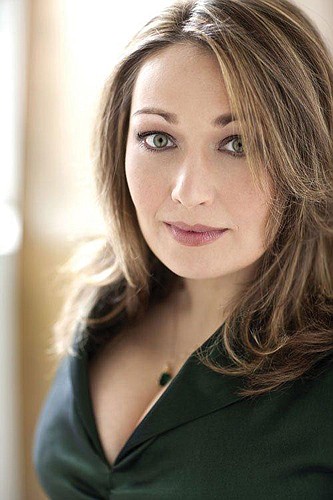- May 1, 2025
-
-
Loading

Loading

Variety may be the spice of life but sometimes it’s also what flavors a concert. When La Musica programmed works by Michael Haydn, Faure and Bruckner, the colors of different periods and styles must have looked great on paper. What rose from the pot, however, was a little different.
Haydn, the brother of the more famous Franz Josef, put together a divertimento for three instruments rarely heard together: violin, cello and double bass. Those were probably the only available players at the time, and keeping in mind that a divertimento is a diversion (possibly for a high tea or an intimate soiree), this is a pleasant piece that’s more background music than concert hall showstopper. But Laura Zarina and Julie Albers played its pretty melodies with clarity, while Dee Moses provided the simple figured bass with stylistic crispness.
The closing work, Bruckner’s String Quintet in F, performed by violinists Federico Agostini, Laura Zarina, Daniel Avshalomov and Bruno Giuranna and cellist Eric Kim, is probably one of the most boring, disjointed works I’ve heard in a while. Bruckner, in his attempt to be innovative, stuck the players and listeners with bland predictability, from banal modulations to some lovely themes that fizzled like duds at a Fourth of July fireworks show in the fog. There was little these fine musicians could do to make this Germanic piece of fragmented heaviness come to life but, like people making the most of a losing proposition, they did their best.
The most interesting work on the program came in the middle when Dina Kuznetsova, the lush-voiced soprano, was joined by Zarina, Agostini, Avshalomov, Albers, Moses and pianist James Winn for a sensuous reading of Faure’s “La Bonne Chanson.” Unlike the miasma of Bruckner’s music, Faure took the Verlaine poetry 3/4 more melodic watercolors than stories 3/4 and gave them an exquisite luster, like Renoir and Monet painting with sound.
Kuznetsova has a large voice that never goes beyond beautiful, yet manages to incorporate hues and colors that clearly delineate the music. Even more fascinating was this setting of a cycle usually heard with voice and piano. Adding strings was the composer’s afterthought and, although he wasn’t sure they were necessary, we felt they added a texture that made the songs even more tangible. Together, singer and instrumentalists painted colorful, opulent tone-poems that were the highpoint of the evening.